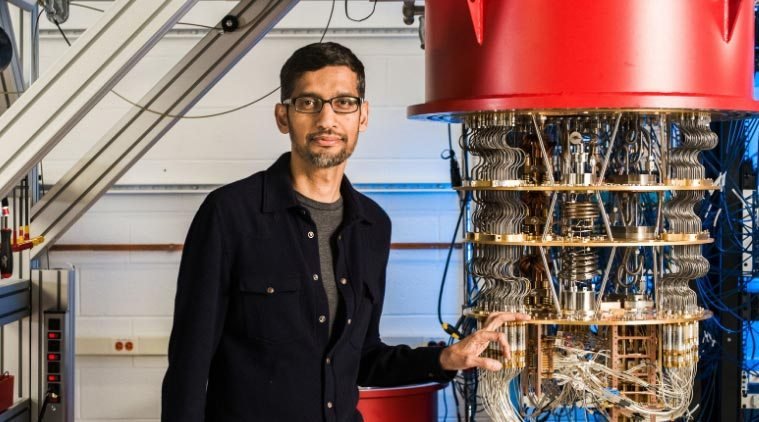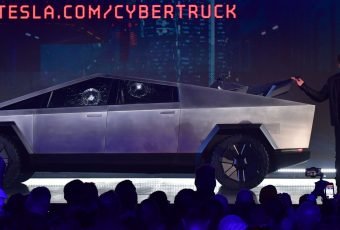Google announced that they have achieved quantum supremacy, Google has developed a 54-qubit processor, named “Sycamore”. Sycamore is comprised of fast and high-fidelity logic gates. Sycamore performed the computation in 200 seconds and to compare how fast it is really, the world’s fastest supercomputer will take 10,000 years to produce similar output.
Google got to pick its speed test, but Hartmut Neven, one of the researchers, dismissed criticisms that the result is only a narrow victory.

“Sputnik didn’t do much either. It circled the Earth. Yet it was the start of the space age,” Neven said at a press conference
Sycamore Processor
So with 0 and 1 states in classical computers only 4 states are possible but quantum computers with 54 qubits can have 2^54 computational states since it can scale exponentially, what makes it more powerful than qubit can be both a 0 and 1 possible because of the quantum property called superposition.
The Sycamore processor will have the circuit in a two-dimensional square grid, with each qubit connected to four other qubits.

Why are quantum computers faster so much than classical?
Bits that carry information represent either a 1 or 0, but quantum bits or qubits which take the form of subatomic particles such as protons and electrons, it can be in a kind of combination of 1 and 0 at the same time. This property is known as “superposition”.Qubits, unlike bits, can also influence one another through a phenomenon known as “entanglement”.
A bit in a classical computer can store information as a 0 or 1. A quantum bit—or qubit—can be both 0 and 1 at the same time, a property called superposition. So if you have two quantum bits, there are four possible states that you can put in superposition, and those grow exponentially. With 333 qubits there are 2^333, or 1.7×10^100—a Googol—computational states you can put in superposition, allowing a quantum computer to simultaneously explore a rich space of many possible solutions to a problem. As told by Sundar Pichai in the blog.
It all started in 2006, and It’s been a 13 years journey for Google to get here. Google scientist Hartmut Neven started exploring the idea of how quantum computing will help out efforts to accelerate machine learning.
What’s next for Sycamore?
The main objective is to find valuable applications in quantum computing for that Google is looking forward to making the supremacy-class processors available to collaborators and academic researchers.
Google is investing its team and technology to build a fault-tolerant quantum computer as quickly as possible. For example, quantum computing can be helpful to design new materials, such as lightweight batteries for cars and airplanes.









